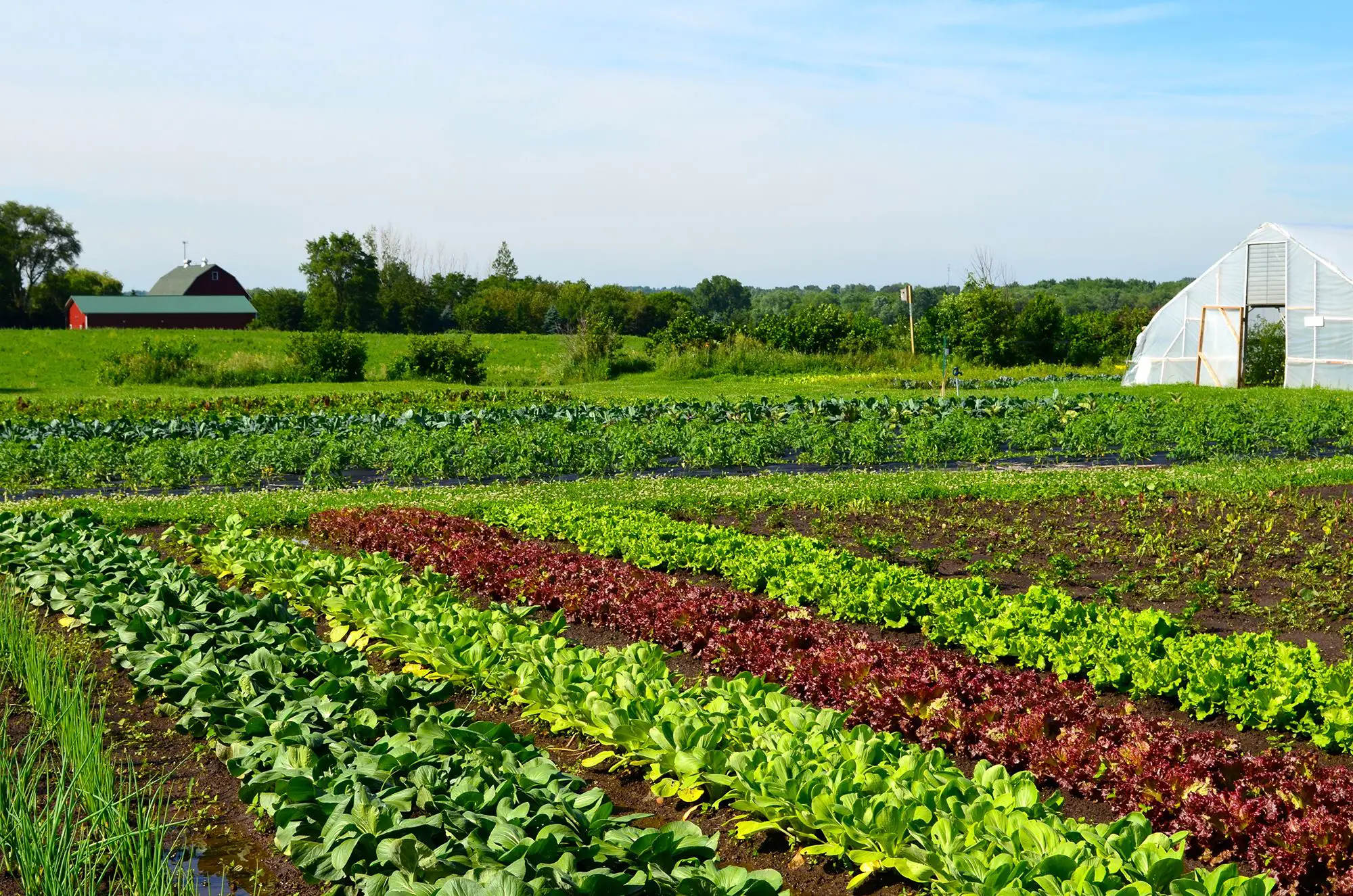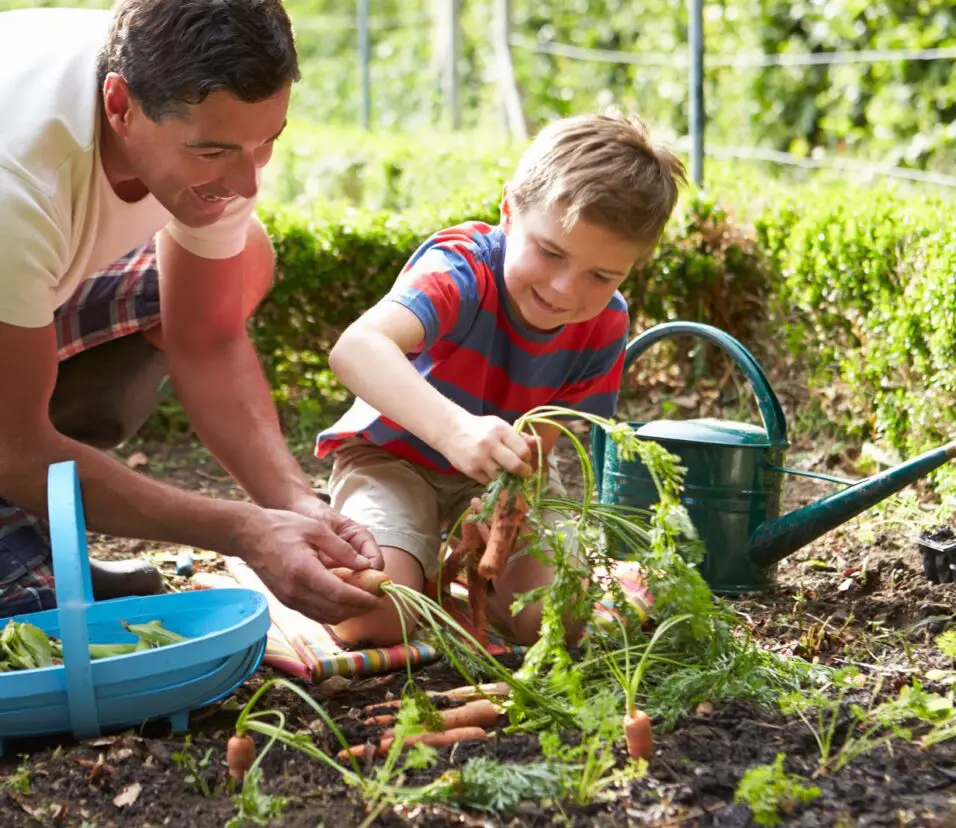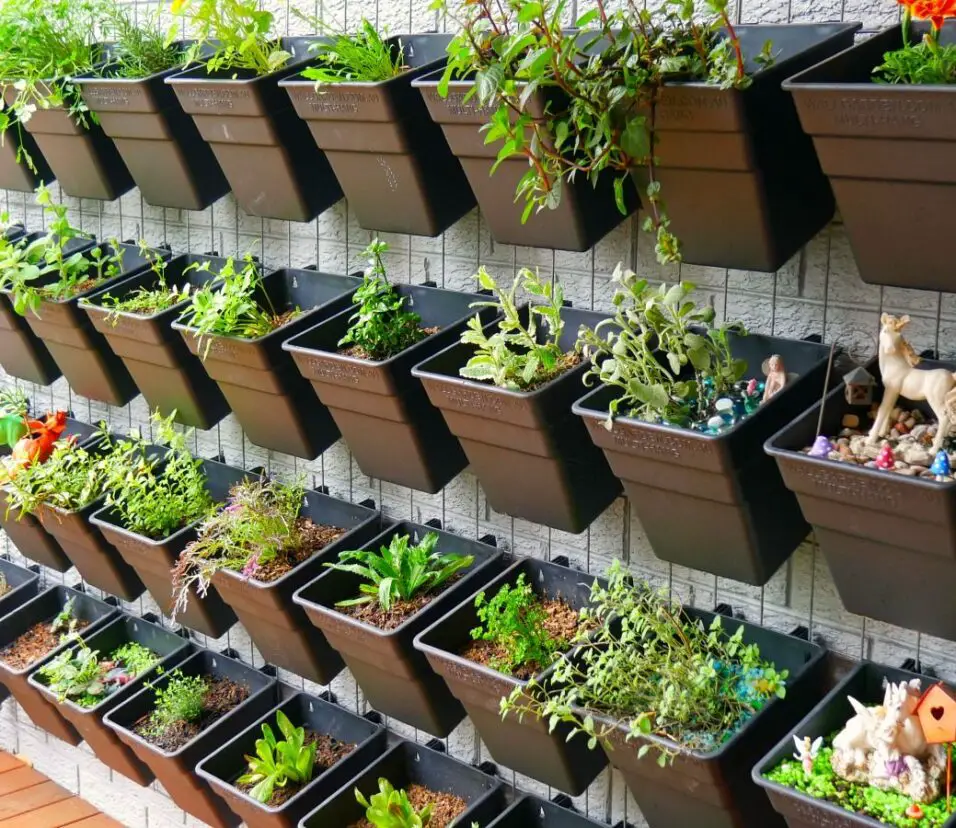Where Is Market Gardening Practiced
Introduction
Where Is Market Gardening Practiced: In the year 2003, market gardening finds its roots firmly entrenched across the continents, adapting its methods to the unique climates, cultures, and economic contexts of each region. From the sun-kissed Mediterranean shores to the sprawling fields of Asia, market gardening has proven its adaptability and sustainability. In Europe, countries like France, Italy, and Spain continue to uphold their rich market gardening traditions, offering an array of high-quality vegetables, fruits, and herbs.
Asia, with its densely populated cities and diverse culinary preferences, has witnessed the flourishing of market gardening in countries like China, India, and Thailand. These nations have transformed limited spaces into thriving centers of cultivation, supplying bustling urban centers with fresh and diverse produce.
Moreover, the Americas have also embraced market gardening, with the United States, Mexico, and Brazil incorporating it into their agricultural tapestry. As urbanization accelerates, market gardening presents an essential solution for ensuring access to locally grown, nutritious food within city limits.
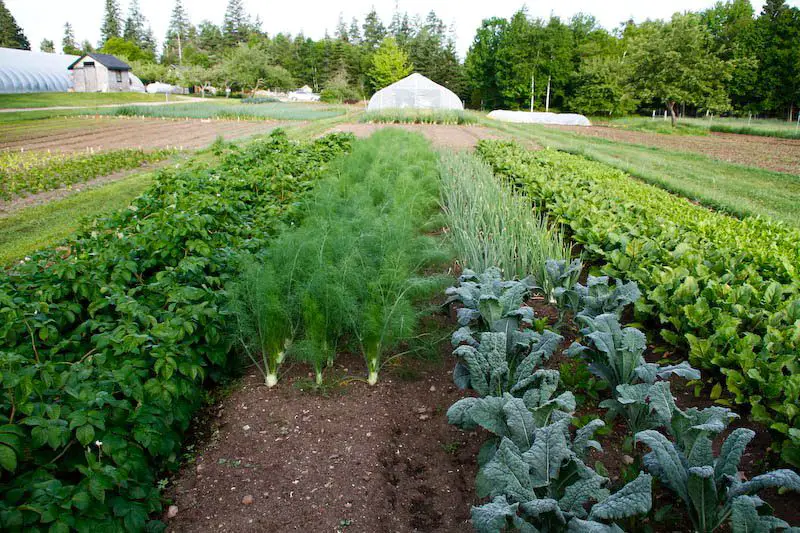
Why market gardening is Practised in urban areas?
The crops are expensive, thus they need to be in a market with strong purchasing power and demand for high-value crops. Urban markets are ideal in such cases. Since these commodities are perishable, farmers must be near the market.
Market gardening in densely populated cities is efficient at using limited space and providing fresh vegetable demand. The need for locally sourced, nutritious food grows as urbanization accelerates. Market gardening thrives in small plots, rooftops, and vertical gardens because to its compact layout and vigorous cultivation methods. This proximity to consumers minimizes transportation costs, carbon emissions, and harvest-to-consumption time, ensuring fresher, tastier fruit.
Urban market gardening diversifies local food supplies and reduces dependence on distant agricultural regions, improving food security. It empowers communities through small-scale enterprise, community engagement, and sustainable farming instruction. The method improves city air quality and aesthetics by enhancing green spaces. Market gardening solves urban food issues and creates a healthier, more resilient urban environment, making it essential to current urban planning and sustainable development.
What is market gardening practiced in suburban areas?
Market gardening grows high-value perishable commodities including vegetables, fruits, and flowers for urban markets. They’re near metropolitan marketplaces because of high-value crops.
Suburban market gardening meets the special needs of these transitional zones between urban and rural settings. Contemporary urban farming and traditional agriculture are combined in suburban market gardening. It bridges the gap between urbanization and the desire for locally farmed, fresh produce.
Greater space allows for larger plots and more crops in suburban areas. Suburban market gardening incorporates small-scale farming for local markets, farmers’ markets, and CSA programs. This technique delivers high-quality, seasonal vegetables and builds camaraderie between growers and consumers.
Suburban market gardening also preserves green places and reduces urban sprawl. It fosters land stewardship, sustainable land use, and food transportation carbon reduction. Residential market gardening gives inhabitants hands-on farming experience, helps them understand where their food comes from, and promotes a healthier, more self-sufficient lifestyle.
What climate is best for market gardening?
Moderately cool climate for the growing of vegetables, flowers, and fruits. Fertile and well-drained soils for the growth of the crops.
Market gardening thrives in temperate climates characterized by moderate temperatures, balanced rainfall, and distinct seasons. A climate with a frost-free growing season of around 150 to 180 days is ideal, as it allows for a diverse range of crops to be cultivated. Regions with average annual temperatures ranging from 50 to 75 degrees Fahrenheit (10 to 24 degrees Celsius) provide optimal conditions for successful market gardening.
Adequate rainfall is essential, but not excessive, as excessive moisture can lead to disease outbreaks. Well-distributed precipitation throughout the growing season ensures consistent plant growth and minimizes the need for excessive irrigation. However, regions with access to reliable water sources for irrigation can still support market gardening in drier climates.
The absence of extreme weather events, such as severe frost, prolonged droughts, or intense heatwaves, is crucial for maintaining the health and productivity of crops. Mild winters and gradual transitions between seasons allow for extended cultivation periods, providing a steady supply of fresh produce.
What is market gardening in geography class 6?
Market gardens grow fruits, vegetables, and flowers for sale to customers and restaurants on a modest scale.
In sixth grade geography, market gardening is presented as a specialized style of farming that grows a variety of crops on small plots of land. This method is commonly done in cities or suburbs to supply local markets with fresh vegetables. Market gardening maximizes crop yield in a small space.
Market gardening requires careful planning and management to maintain a steady supply of vegetables, fruits, and herbs throughout the season. They study crop rotation, soil preparation, planting, watering, pest management, and harvesting. Market gardeners use composting and natural pest control to improve soil and reduce environmental impact.
Geography lessons stress how climate, geography, and culture affect market gardening. Students learn that market gardeners globally adapt to local conditions. This introduction teaches students about agriculture and its impact on local economies, food security, and sustainable land usage.
Which factors influence the choice of locations for successful market gardening operations?
The successful establishment of market gardening operations is influenced by a combination of geographical, climatic, economic, and social factors. One of the primary considerations is climate. Market gardening thrives in temperate climates with moderate temperatures, balanced rainfall, and distinct growing seasons.
Access to water is another crucial factor. Adequate and reliable water sources, either through natural rainfall or irrigation systems, ensure consistent crop growth and prevent water stress during dry periods. The quality of soil plays a pivotal role, with well-drained, fertile soil being essential for healthy plant development.
Proximity to markets is a key economic factor. Market gardening is typically practiced in or near urban areas to reduce transportation costs and provide consumers with fresh produce. This also minimizes the carbon footprint associated with food distribution.
Socioeconomic factors, including labor availability and consumer demand, shape the feasibility of market gardening. Regions with a skilled labor force interested in horticulture contribute to the success of these operations. Additionally, areas with a strong demand for locally grown, organic produce often encourage the growth of market gardening.
In what ways does climate play a significant role in determining where market gardening is practiced?
Climate plays a pivotal role in determining the feasibility and success of market gardening in specific geographic locations. Temperature is a crucial factor as it affects the length of the growing season and determines which plants can thrive. Market gardening flourishes in temperate climates where temperatures fall within the range of 50 to 75 degrees Fahrenheit (10 to 24 degrees Celsius). Such conditions provide an optimal environment for a wide variety of vegetables, fruits, and herbs to grow and mature.
Precipitation patterns are equally vital. Regions with balanced and well-distributed rainfall throughout the growing season can sustain healthy plant growth without excessive irrigation. Adequate water supply supports proper root development, prevents drought stress, and reduces the need for intensive water management practices.
The duration of the growing season, influenced by the length of frost-free periods, dictates the crops that can be grown. Longer frost-free seasons provide the opportunity for multiple plantings and a diverse range of produce.
The impact of climate extends beyond crop growth. Extreme weather events, such as frost, heatwaves, and heavy rains, can damage crops and disrupt the growing cycle. In regions prone to these events, market gardening techniques may require adjustments, such as using protective structures or selecting more resilient crop varieties.
Can you identify any cultural or historical influences that have shaped the prevalence of market gardening in specific regions?
Market gardening is popular in some countries due to cultural and historical factors. Gardening has survived across civilizations due to traditional agricultural practises, societal norms, and historical events.
Market gardening has evolved in China and India as populations have grown and urbanized. These regions’ dense populations need novel farming methods to maximize land utilization and feed urban centers. Historical reliance on local markets and the need to raise various commodities for specific cuisines have solidified market gardening.
Some regions’ colonial history has influenced market gardening. Countries that colonized or traded have exchanged crops and agricultural skills. These interactions introduced new plants to diverse places, which have proven essential to local market gardening.
How does the availability of land and space impact the feasibility of market gardening in various geographical locations?
The availability of land and space plays a crucial role in determining the feasibility and scope of market gardening in different geographical locations. The amount and quality of available land directly impact the scale, diversity of crops, and overall success of market gardening operations.
Suburban and rural locations typically offer more expansive land options, enabling larger-scale market gardening operations. The availability of land also influences the inclusion of value-added activities, such as agritourism or farm-to-table experiences, which contribute to the economic viability of the operation.
The proximity of land to urban centers affects transportation costs and carbon footprint. Cultivating produce closer to markets reduces transportation expenses and allows for fresher products to reach consumers more quickly.
The availability of land and space shapes the strategies, techniques, and scale of market gardening operations. Growers must adapt their approaches based on local land characteristics, allowing them to contribute to sustainable food production and fulfill the demands of diverse markets.
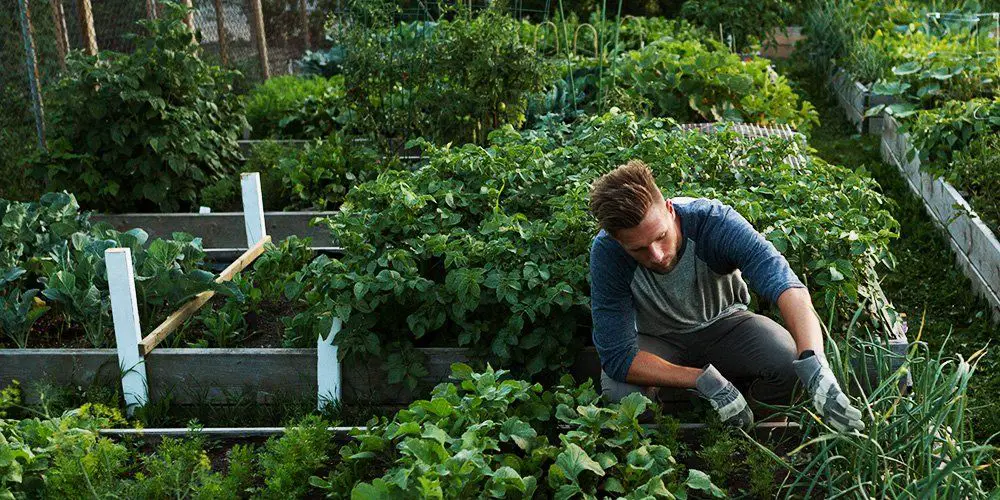
Conclusion
Market gardening, also known as truck farming, is a widespread and essential agricultural practice that caters to the demand for fresh produce in local and regional markets.
Throughout North America, Europe, Asia, and beyond, geography market gardening thrives in regions such as the Pacific Northwest in the United States, the Loire Valley in France, the Nile Delta in Egypt, and the Punjab region in India. These areas offer the necessary mix of temperate or subtropical climates, fertile soils, and suitable infrastructure for transportation and distribution. The rise of sustainable and organic farming practices has further shaped the landscape of market gardening, with many growers adopting environmentally friendly techniques to meet evolving consumer preferences.
In recent years, urban agriculture geography has also gained prominence, leading to market gardening initiatives even within cities, utilizing vacant lots, rooftops, and community gardens. This trend underscores the adaptability of market gardening to diverse settings and its potential to enhance food security and strengthen local economies.
As global populations continue to grow and urbanization accelerates, the practice of market gardening will likely continue to evolve and expand to meet the demand for fresh, locally grown produce. However, challenges such as climate change, land availability, and changing consumer behaviors will require ongoing innovation and adaptation within the market gardening industry.



